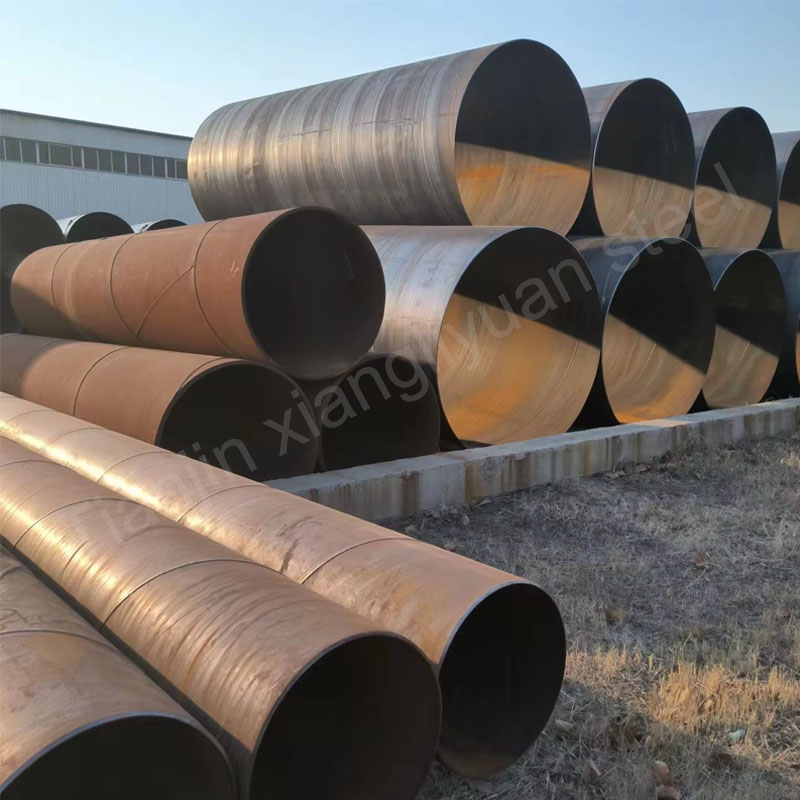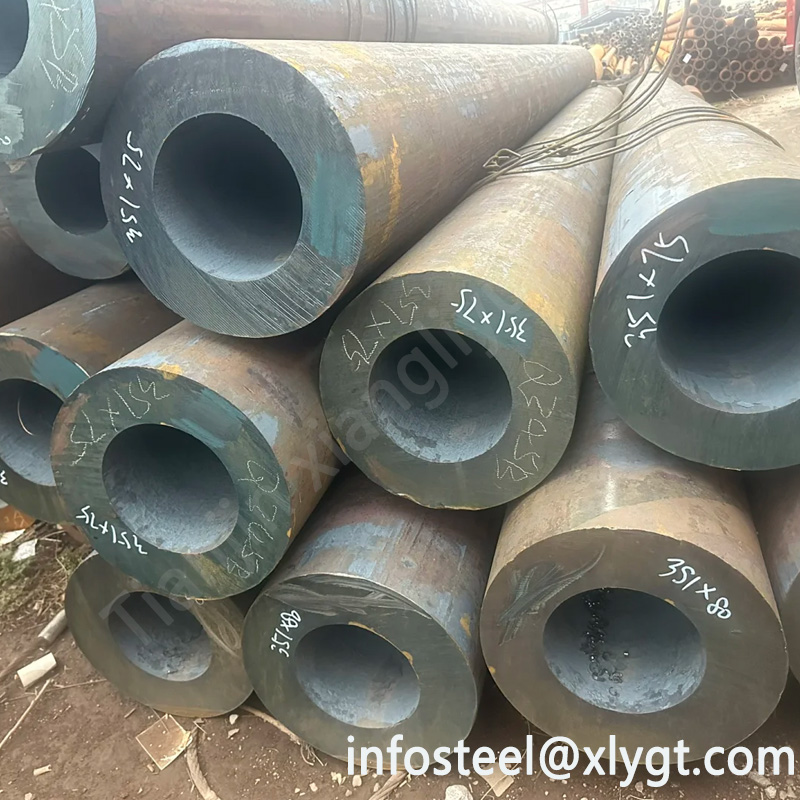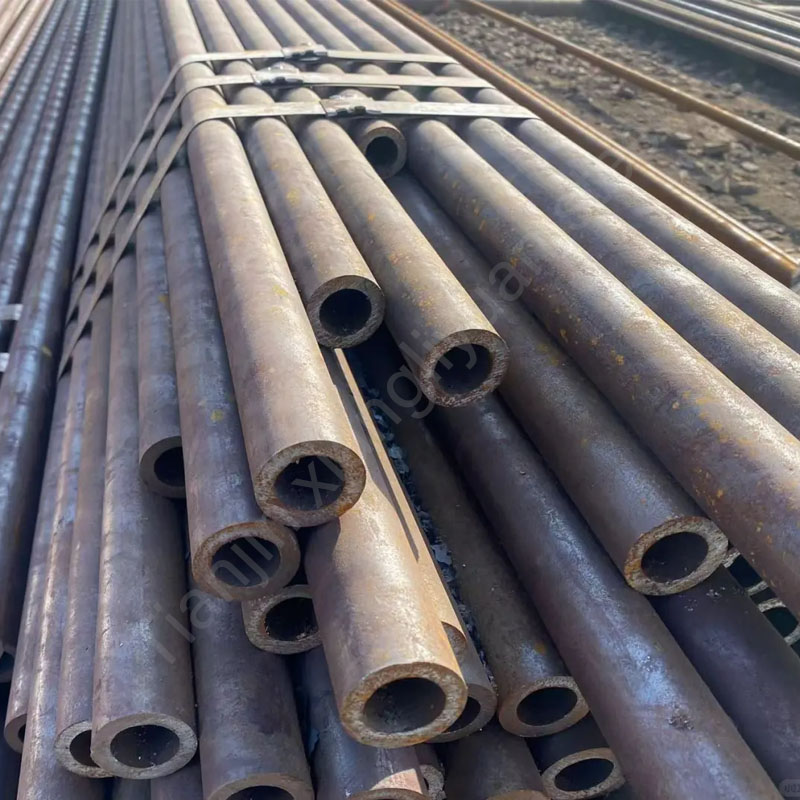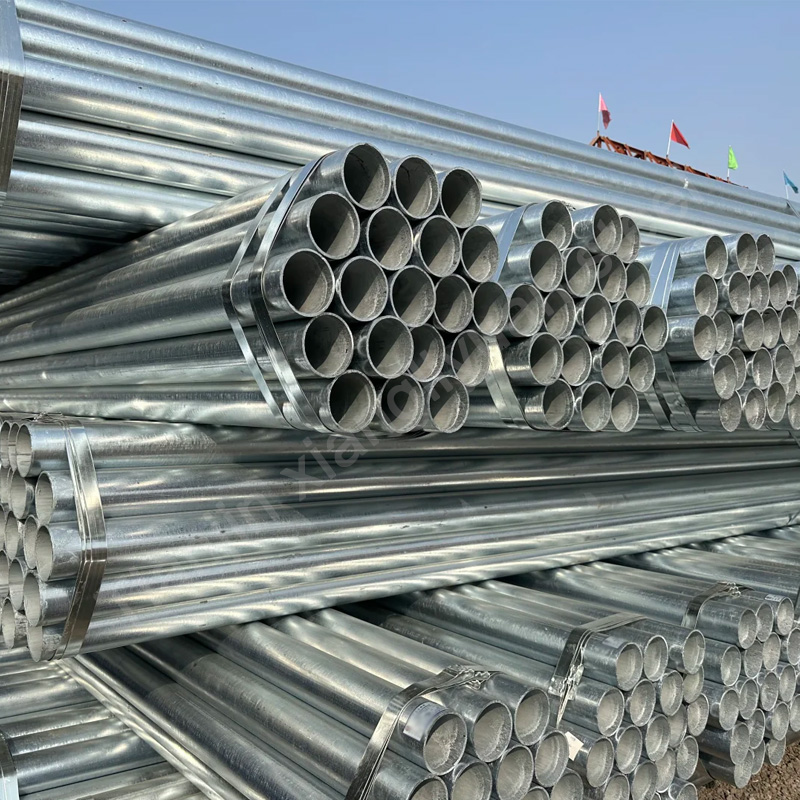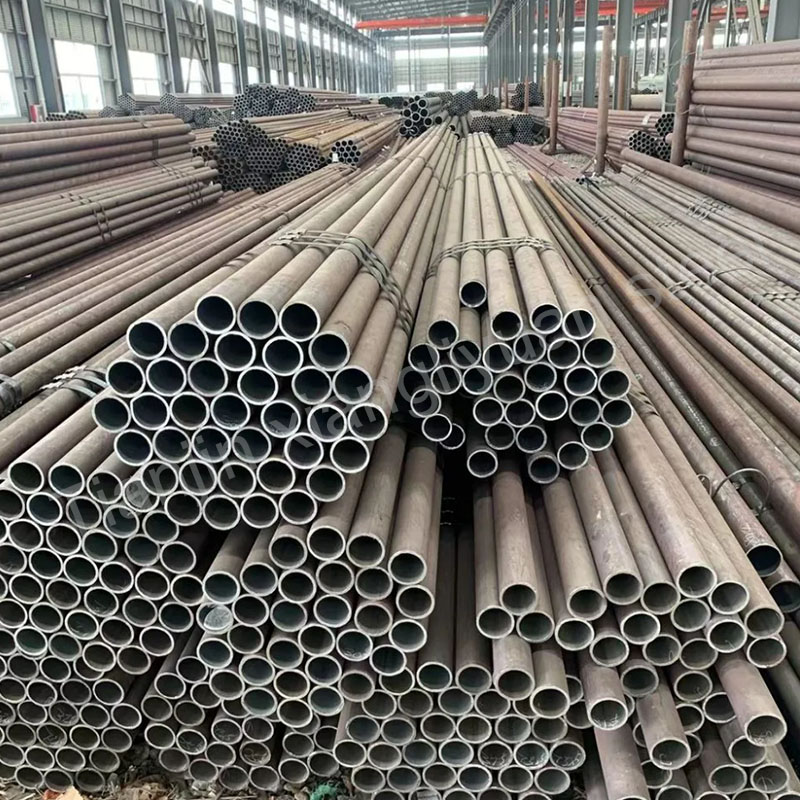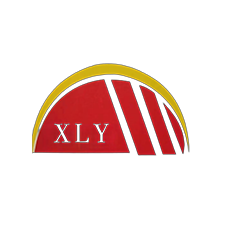Seamless steel pipes and welded pipes (including straight seam welded pipes and spiral welded pipes) have significant differences in manufacturing processes, performance, uses and costs. The following is a detailed comparison of the advantages and disadvantages of the two:
Advantages of seamless steel pipe
No welds, uniform performance
Seamless steel pipes are formed through perforation and hot rolling, with a continuous structure without welds, more uniform strength, and better corrosion resistance and pressure resistance.
The weldless nature makes it perform well in high pressure, high temperature and corrosive environments.
Excellent resistance to stress
The wall thickness of seamless steel pipes is relatively uniform and the pressure-bearing capacity is significantly higher than that of welded pipes. It is especially suitable for high-pressure pipelines (such as boilers and high-pressure fertilizer equipment).
Wide adaptability
It is suitable for the transportation of various media (such as oil, gas, water, chemicals), especially in high-precision and high-intensity occasions.
Good high temperature performance
Seamless steel pipes can maintain high strength and stability under high temperature conditions and are suitable for boiler tubes, heat exchangers and high-temperature steam transportation.
Disadvantages of seamless steel pipes
Manufacturing costs are higher
The production process is complex (piercing, hot rolling or cold drawing process), and the processing cost is higher than that of welded pipes.
size limit
For ultra-large diameter pipes (such as pipes with an outer diameter exceeding 1420mm), production is difficult and the cost is very high, while welded pipes can be easier to implement.
Lower production efficiency
The production speed is slow and the mass production capacity is lower than that of welded pipes. It is not suitable for low-cost occasions with large-scale demand.
The surface quality is slightly inferior to that of welded pipes
The surface roughness of hot-rolled seamless steel pipe is relatively large and requires further processing to meet the requirements of decorative or special purposes.
Advantages of welded pipes
Low production cost
The price of raw materials (hot-rolled or cold-rolled steel strips) is low, the production process (coil plate welding) is simple, and the production efficiency is high.
Large diameter production with high flexibility
It can easily produce ultra-large diameter pipes (diameter 1420mm or more), especially spiral welded pipes are widely used in large-scale transportation projects.
Good surface quality
Using cold-rolled steel strips or coils as raw materials, the surface has a high finish and is suitable for decoration or occasions that require painting.
Strong customization of length
Longer single pipes (usually up to 18m) can be provided according to customer needs, reducing the number of interfaces and lowering installation costs.
Disadvantages of welded pipes
Welds are the weak link
The mechanical properties and corrosion resistance of welds are poor, and they are prone to failure especially in high pressure, high temperature and corrosive media.
Weak ability to withstand pressure
The pressure-bearing capacity and fatigue resistance of welded pipes are lower than those of seamless steel pipes, and they are not suitable for high-pressure applications (such as boiler pipes and high-pressure fertilizer pipes).
Temperature applicable range is small
The metal properties of the welded parts are limited, and the performance of welded pipes in high-temperature situations (such as high-temperature steam pipes) is significantly worse than that of seamless steel pipes.
Not suitable for certain special purposes
In high-precision or safety-critical fields such as aviation, nuclear industry, and military industry, welded pipes cannot replace seamless steel pipes.
Choose seamless steel pipe:
High pressure, high temperature, highly corrosive environment (such as boiler pipes, high-pressure fertilizer pipes, petroleum cracking pipes).
Applications with high requirements on strength and uniformity (such as aviation, nuclear industry).
Choose welded pipe:
Ordinary low-pressure fluid transportation (such as water and gas pipelines).
Cost-sensitive projects (such as structural pipes for construction, pipes for large-scale transportation projects).

